When we planned the trip we double booked Sept 10, not knowing whether we would need the extra night in Agrigento or Siracusa. We decided to spend two nights in Agrigento just in case we needed extra time at the Valley of the Temples. In hindsight, we should have used the extra day to explore the area around Siracusa, Catania and Taormina. Realizing that our remaining time in Sicily was short, we were up and on the road early. Instead of the leisurely pace we have taken so far this week, we drove the entire 240 km (150 miles) straight to Siracusa.
The coastal plains between Agrigento and Ragusa were filled with field after field of plastic covered hoop houses
. It seems they grow nearly everything in hoop houses here (even grapes). It is probably done to moderate sun and conserve water, but given the lack of recycling and the problems with garbage in Sicily we wonder what they do with all the plastic.
Eventually the plains and hoop houses gave way to mountains and small, hillside farms with fields that were neatly divided by low stone walls. We passed Modica, a quaint village nestled on the side of steep ravine. On a more leisurely day we would have taken a side trip to explore the town. From here we continued on the back roads to Ispica, before picking up the Autostrada near Rosolini, which took us straight to Sircusa. It took us some time to find our hotel when we arrived. (This time a GPS would have helped.) We checked into our room, dropped our bags and left to explore Siracusa.
By-passing the commercial district, we went straight to the old city - known as Orytigia. This is where Archimedes discovered the displacement of water (Eureka!)
. One can see why Orytigia was fought over by the ancients. It is a charming sea-side town, surrounded by water. We visited several lovely piazzas and beautiful chiesas, including the Cathedral/Duomo and the Chiesa Santa Lucia. We made our way out to the old fortress at the tip of the island, then circled back through the Jewish district along the waterfront.
Perhaps one of the most interesting aspects of Orytigia were its streets. They are a maze of narrow old streets and small piazzettas that connect the larger piazzas and streets. In the hillside towns and cities of Italy these would have been steep stairs and alleyways. In Orytigia they were relatively level and sunny spaces. This made it easy to find ones way through the more private corners of the various neighborhoods.
With the sun setting we walked along the promenade near the port. Since we had a long overdue date with a washer and dryer, we said goodbye to Siracusa/Ortygia and headed back to our hotel.
DAY 29: Siracusa & Orytigia
Wednesday, September 11, 2013
 Syracuse, Sicily, Italy
Syracuse, Sicily, Italy
Other Entries
-
11DAY 11/12: Würzburg
Aug 2418 days prior Wurzburg, Germanyphoto_camera12videocam 0comment 0
Wurzburg, Germanyphoto_camera12videocam 0comment 0 -
12DAY 13: Austria & Northern Italy
Aug 2616 days prior Innsbruck, Austriaphoto_camera6videocam 0comment 0
Innsbruck, Austriaphoto_camera6videocam 0comment 0 -
13DAY 14/15: Florence
Aug 2715 days prior Florence, Italyphoto_camera18videocam 0comment 1
Florence, Italyphoto_camera18videocam 0comment 1 -
14DAY 16: Volterra & Siena
Aug 2913 days prior Volterra, Italyphoto_camera14videocam 0comment 0
Volterra, Italyphoto_camera14videocam 0comment 0 -
15DAY 17: Tuscany & Lazio
Aug 3012 days prior Massa Marittima, Italyphoto_camera10videocam 0comment 0
Massa Marittima, Italyphoto_camera10videocam 0comment 0 -
16DAY 18: Rome - Day 1
Aug 3111 days prior Rome, Italyphoto_camera16videocam 0comment 0
Rome, Italyphoto_camera16videocam 0comment 0 -
17DAY 19: Rome - Day 2
Sep 0110 days prior Rome, Italyphoto_camera16videocam 0comment 1
Rome, Italyphoto_camera16videocam 0comment 1 -
18Sep 02, 2013
Sep 029 days prior Anzio, Italyphoto_camera1videocam 0comment 0
Anzio, Italyphoto_camera1videocam 0comment 0 -
19DAY 20: From Rome to Naples
Sep 029 days prior Formia, Italyphoto_camera4videocam 0comment 2
Formia, Italyphoto_camera4videocam 0comment 2 -
20DAY 21: San Sebastiano
Sep 038 days prior San Sebastiano al Vesuvio, Italyphoto_camera8videocam 0comment 2
San Sebastiano al Vesuvio, Italyphoto_camera8videocam 0comment 2 -
21DAY 22: The Amalfi Coast
Sep 047 days prior Positano, Italyphoto_camera17videocam 0comment 1
Positano, Italyphoto_camera17videocam 0comment 1 -
22DAY 23: Pompeii & Ferry to Sicily
Sep 056 days prior Pompei, Italyphoto_camera16videocam 0comment 0
Pompei, Italyphoto_camera16videocam 0comment 0 -
23DAY 24: Cefalu & Marineo
Sep 065 days prior Monreale, Italyphoto_camera16videocam 0comment 1
Monreale, Italyphoto_camera16videocam 0comment 1 -
24DAY 25: The Streets of Palermo
Sep 074 days prior Palermo, Italyphoto_camera19videocam 0comment 1
Palermo, Italyphoto_camera19videocam 0comment 1 -
25DAY 26: Segesta & Erice
Sep 083 days prior Erice, Italyphoto_camera18videocam 0comment 1
Erice, Italyphoto_camera18videocam 0comment 1 -
26DAY 27: Southwestern Sicily
Sep 092 days prior Agrigento, Italyphoto_camera12videocam 0comment 1
Agrigento, Italyphoto_camera12videocam 0comment 1 -
27DAY 28: The Ruins at Agrigento
Sep 101 day prior Agrigento, Italyphoto_camera12videocam 0comment 0
Agrigento, Italyphoto_camera12videocam 0comment 0 -
28DAY 29: Siracusa & Orytigia
Sep 11 Syracuse, Italyphoto_camera16videocam 0comment 0
Syracuse, Italyphoto_camera16videocam 0comment 0 -
29DAY 30: Catania & Taormina
Sep 121 day later Taormina, Italyphoto_camera24videocam 0comment 0
Taormina, Italyphoto_camera24videocam 0comment 0 -
30DAY 31: Arrivederci Sicily
Sep 132 days later Sala Consilina, Italyphoto_camera6videocam 0comment 2
Sala Consilina, Italyphoto_camera6videocam 0comment 2 -
31DAY 32: Basilicata & the Gargano
Sep 143 days later Foce Varano, Italyphoto_camera10videocam 0comment 0
Foce Varano, Italyphoto_camera10videocam 0comment 0 -
32DAY 33: Termoli & Rimini
Sep 154 days later Rimini, Italyphoto_camera14videocam 0comment 0
Rimini, Italyphoto_camera14videocam 0comment 0 -
33DAY 34: Ravenna & the Po Delta
Sep 165 days later Ravenna, Italyphoto_camera14videocam 0comment 0
Ravenna, Italyphoto_camera14videocam 0comment 0 -
34DAY 35: Venice - Day 1
Sep 176 days later Venice, Italyphoto_camera16videocam 0comment 1
Venice, Italyphoto_camera16videocam 0comment 1 -
35DAY 36: Venice - Day 2
Sep 187 days later Venice, Italyphoto_camera14videocam 0comment 0
Venice, Italyphoto_camera14videocam 0comment 0 -
36DAY 37: The Dolomites & Austria
Sep 198 days later Kitzbühel, Austriaphoto_camera8videocam 0comment 0
Kitzbühel, Austriaphoto_camera8videocam 0comment 0 -
37DAYS 38-40: Angela's 60th!!
Sep 2110 days later Rohr, Germanyphoto_camera26videocam 0comment 0
Rohr, Germanyphoto_camera26videocam 0comment 0 -
38DAY 41: Traveling Back Home
Sep 2312 days later Auburn, United Statesphoto_camera8videocam 0comment 0
Auburn, United Statesphoto_camera8videocam 0comment 0

 Syracuse, Sicily, Italy
Syracuse, Sicily, Italy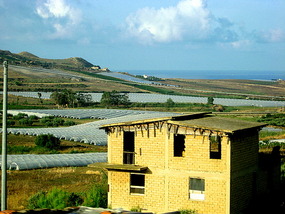
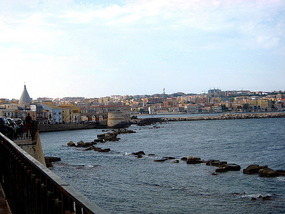




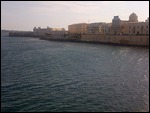
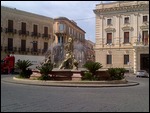
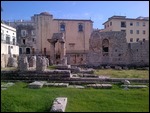
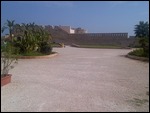
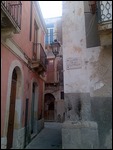
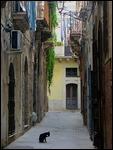
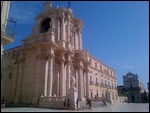
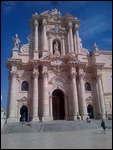
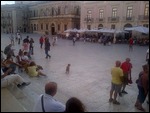
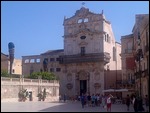
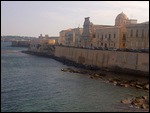
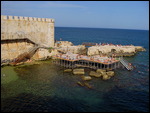
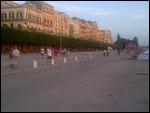
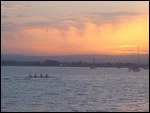
2025-05-23